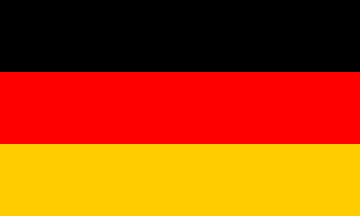 Germany
GermanyCapital – Berlin
Population - 81,757,600
Currency – Euro
Religion - Christianity
The German language is the most widely spoken language in the European union and is the third most taught language in the world! The Germans speak in very low undertones and the language often sounds a bit aggressive when spoken. However, the demand for those that can fluently converse in German, is very high. Job opportunities present themselves very often too!
Written German dates all the way back from the 8th century AD and had fragmented excerpts from the the Song of Hildebrand – a very famous poem.
German literature gained momentum around the 12th and 13th centuries in the form of romances and poems.
High German, which is a style of writing, which was used by Martin Luther’s translation of the bible was the base of when it was formed. Most of the language he used in his translation, was spoken German which eventually also became the basis of written German.
Low German, which is another style of writing and speaking is spoken in a completely different area and there are many variations between High German and Low German.
German is also the official language in Austria. Modern German was eventually created after years of modification in the grammar and vocabulary from various parts of Europe that speak German. The German language has a difference in the word order and largely uses inflections. The black gothic letters that we often used to see, in old manuscripts aren part of the Roman alphabet and is called Fraktur in German. It isn’t used anymore, but having a knowledge of Fraktur was extremely important in the past.
SIFIL ELTIS is starting a new German language session beginning on the 21st of February! Give yourself a taste of this wonderful language! Enroll soon!
No comments:
Post a Comment